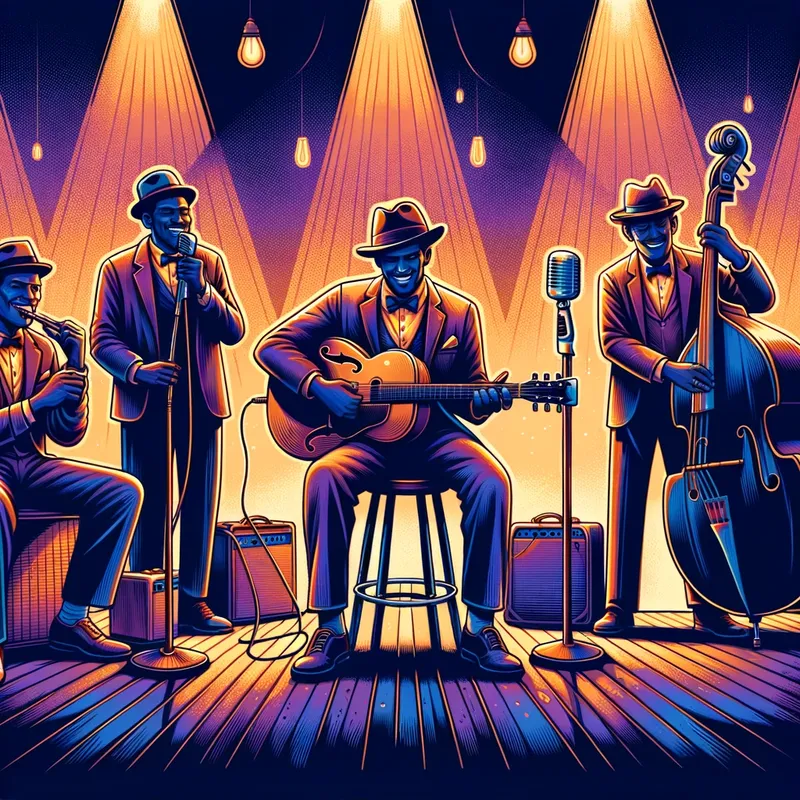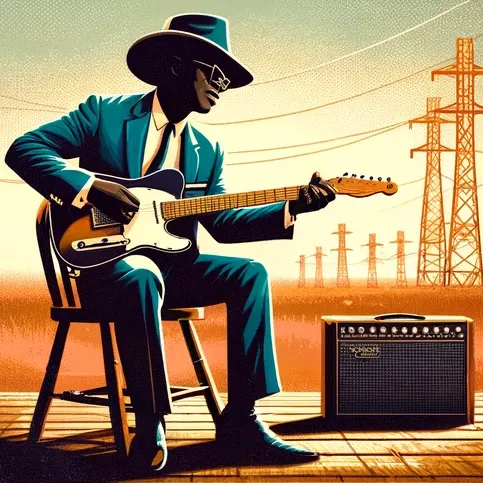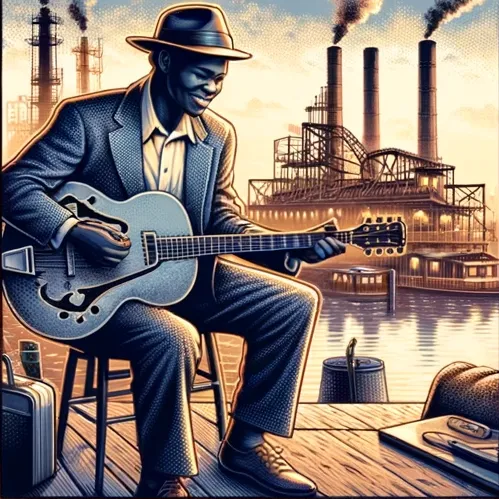Acoustic Blues

Acoustic Blues is the blues in its purest, most unfiltered form. No amps, no electric guitars, just vocals and acoustic instruments. It’s where blues started and remains a vital part of the genre.
Table of Contents
Where It All Began
To understand Acoustic Blues, you’ve got to understand its roots, and that takes us back to the early 20th century in the American South. Influenced by African music, spirituals, and work songs, Acoustic Blues gave voice to the joys, sorrows, and stories of ordinary people.
Legends like Robert Johnson, Blind Lemon Jefferson, and Mississippi John Hurt set the foundation for what Acoustic Blues is all about.
The Sound: Less is More
What sets Acoustic Blues apart is its simplicity. It’s you, the guitar, and the truth. The scales might be the same as electric blues, but the emphasis is on fingerpicking, intricate riffs, and intimate vocals.
And let’s not forget the slide guitar, where you can make that acoustic wail.
Big Names
Now, you gotta know the legends: Son House, Blind Willie McTell, and Skip James. These are the artists who took the genre to its heights.
But let’s not forget the modern maestros like Keb’ Mo’ and Eric Bibb.
The Must-Have Tracks
If you want a taste of what Acoustic Blues is all about, start with these tracks:
- “Cross Road Blues” by Robert Johnson
- “Statesboro Blues” by Blind Willie McTell
- “Hard Time Killin’ Floor Blues” by Skip James
- “Am I Wrong” by Keb’ Mo’
FAQ
What Makes Acoustic Blues Different from Electric Blues?
The key difference lies in the instruments and presentation. Acoustic Blues is more intimate and raw, focusing on fingerpicking and intricate riffs. Electric Blues often involves a full band and electronic amplification.
How Has Acoustic Blues Influenced Other Music?
It’s had a massive impact on country, folk, rock, and of course, electric blues.


